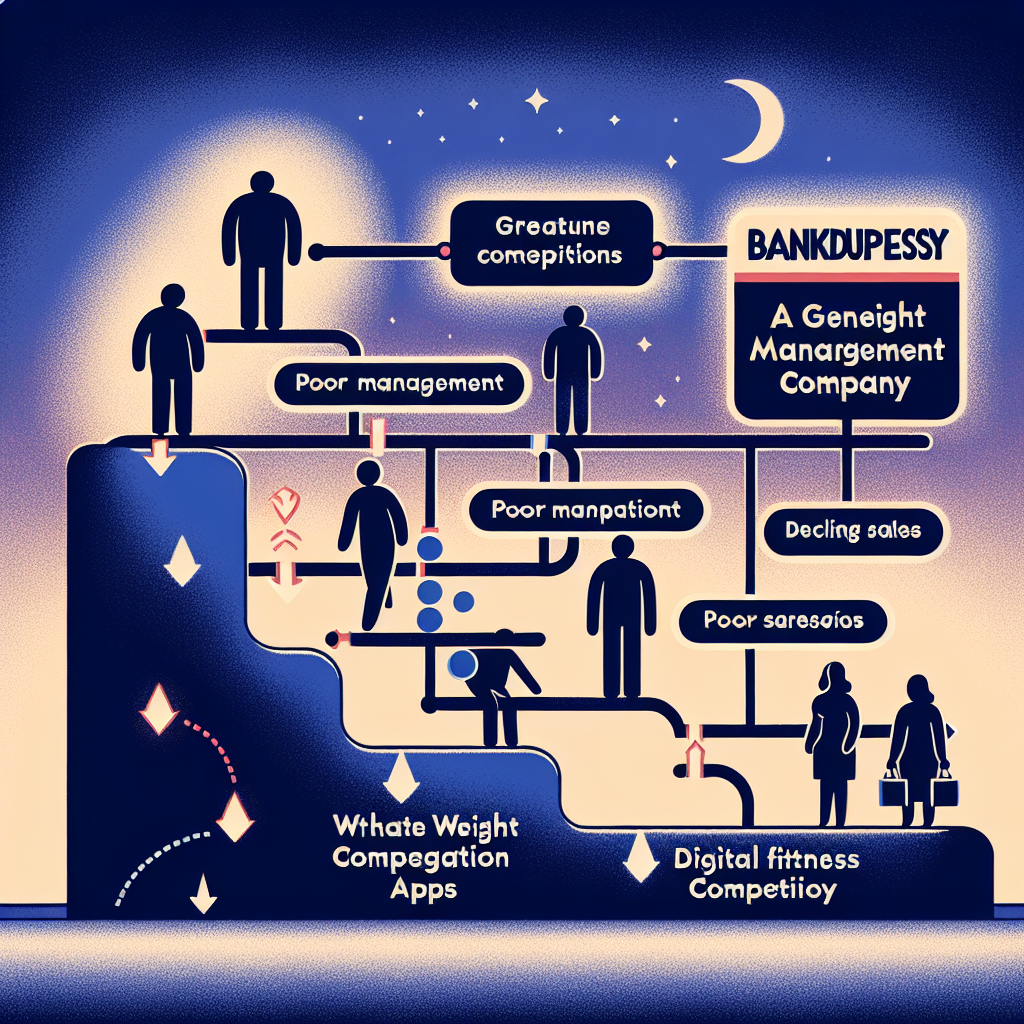Introduction

Weight Watchers, a once-thriving company that was synonymous with dieting and weight loss, recently filed for bankruptcy. The company, which was once spruiked by celebrities and enjoyed immense success, has become a relic of diet culture. This article will explore the factors that led to the downfall of Weight Watchers and what it means for investors.
The Changing World of Nutrition
One of the primary factors that led to the bankruptcy of Weight Watchers was the changing world of nutrition. The company was built on the premise of counting calories and points, a concept that has been increasingly criticized in recent years. The rise of holistic wellness and body positivity movements have shifted the focus from weight loss to overall health and well-being. This shift in consumer behavior and preferences has significantly impacted Weight Watchers’ business model and profitability.
Competition and Innovation
Another significant factor that contributed to Weight Watchers’ downfall was the rise of competition and innovation in the health and wellness industry. The market has seen an influx of new players offering innovative solutions for weight loss and health improvement. From fitness apps to meal delivery services, these new entrants have disrupted the traditional diet industry and taken a significant market share from established players like Weight Watchers.
Failed Rebranding Efforts
In an attempt to adapt to the changing market dynamics, Weight Watchers embarked on a rebranding journey in 2018. The company changed its name to WW, aiming to shift its focus from weight loss to wellness. However, the rebranding efforts were met with confusion and criticism from consumers and investors alike. The lack of clarity in the company’s new direction and the failure to effectively communicate its new brand identity contributed to its financial woes.
Impact of the COVID-19 Pandemic
The COVID-19 pandemic further exacerbated Weight Watchers’ problems. With lockdowns and social distancing measures in place, many people turned to online fitness and wellness solutions. While Weight Watchers did offer online services, it was unable to compete with the plethora of free and low-cost options available. The pandemic also led to a decrease in discretionary spending, with consumers prioritizing essential goods and services over weight loss programs.
Summary
The bankruptcy of Weight Watchers serves as a stark reminder of the importance of adapting to changing market dynamics and consumer preferences. For investors, it highlights the risks associated with companies that fail to innovate and evolve in a rapidly changing industry. Moving forward, investors should keep an eye on the health and wellness industry, as it continues to evolve and present new investment opportunities.
